This means the two-letter ISO code of a particular country. The code is given to help the reader’s primary orientation, the hypothetical identification of the wider origins of a Use. The country thus indicated is usually the same as the state in which a given city is found today, but if considered necessary, the political and cultural differences of the mediaeval setting were regarded. If it was not unequivocal in the Middle-Ages either (e.g. Breslau/Wrocław was Polish around the first millennium but later it was typically German), we preferred the country in which the city is located today. If, however, the city definitely used to belong to a different country than in our days (e.g. Lund to Denmark and Straßburg to Germany), we followed the mediaeval borders. States that did not exist in the Middle-Ages are only indicated if the corresponding region had distinct features liturgically (e.g. Switzerland, Belgium). Based on liturgical considerations, other countries will have to be seen as smaller than today (e.g. Salzburg is German but Seckau is Austrian, Zagreb is Hungarian but Spalato/Split is Croatian). Centralised religious orders will be indicated by ISO codes in correspondence with the origin and character of their Uses (e.g. the Dominicans are French, the Gilbertines are English, the Paulines are Hungarian), while the Benedictines and Augustinian canons receive the country code according to their geographical location. Since this system can never be completely consistent, switching to a three-letter code referring to liturgical regions is planned, but this necessitates further research.
This means the ecclesiastical institution whose Use the given data represents, without any regard for the further use or provenance of the source. It can only be considered completely reliable if the source specifically mentions it, or if the liturgical features identify the Use without any shadow of a doubt. In case of secular cathedrals, the name of the city is written in its current form, as it is used in the country where it is located (if needed, with the proper accent marks, but in Latin names—in order to make it more easily searchable— æ/œ ligatures are not used). The same procedure is followed if the source is not from a specific ecclesiastical centre but follows the characteristic Use of the city. If the city is multilingual (or at least it was such in the Middle Ages) the name is given in all the relevant languages, in alphabetical order, without spacing, separated with a forward-slash (/), for example: Liège/Lüttich. If the source does not represent the central, characteristic Use of the city (e.g. in case of collegiate chapters), the title of the church (e.g. Canterbury, St Austin) is indicated after the name of the city. If the origin of the source is uncertain but the country is known, the name of the country is specified (e.g. Germany), if the closer region can be determined, that is indicated instead (e.g. Burgundy). In reference to the sources of centralised religious orders, we used the customary traditional abbreviations without periods (e.g. OPraem), in case of extinct or largely unknown orders similar abbreviations have been generated (e.g. ODT = Ordo Dominorum Teutonicorum, that is, Order of Teutonic Knights). If the specific monastery is also known, it is given after the abbreviation without a period in-between (e.g. OCist Salem). As to Benedictine monasteries, the OSB abbreviation is duly followed by the name of the city and—if applicable—the title (e.g. OSB Verdun, St-Airy). The same can be said about the books of Augustinian canons, but in this case, since there is no uniform abbreviation available, only the name of the city and—if applicable—the title are indicated.
Genre identifies the type of source in question according to standard “Tridentine” terminology without any regard for the title the source itself employs or the title that was customary at the time and in the region. Our aim is to use comprehensive categories that are clear, uncomplicated and by the help of which the material can be sorted effectively. In this sense, the set of liturgical genres is as follows: Antiphonal, Benedictional, Breviary, Capitulary, Ceremonial, Directory, Gradual, Missal, Ordinal, Pontifical, Processional, Ritual, Sacramentary. In unusual, elusive cases the title: Other is used.
In borderline genres inconclusive logic is used, that is, the more specific categories are only employed when we are faced with a clear-cut genre (e.g. Benedictional only means a pure Benedictional), otherwise documents are put into a wider category (for instance, if it contains episcopal ceremonies, it is a Pontifical, independent of the fact whether it contains material appropriate to a Ritual, Processional or Benedictional). As to obviously mixed genres—if the material so warrants— a double classification has been assigned in alphabetical order, without a space in-between, connected by a hyphen (e.g. Processional-Ritual).
The date of a source’s origin. If it can be determined with certainty, an exact year is given, otherwise an interval is indicated. The date is always written with Arabic numerals; in case of intervals an En dash (–) is inserted between the numbers without any spaces (e.g. 1300–1400), rounding to quarter, third or half centuries (e.g. 1300–1325, 1300–1333, 1300–1350). Following the date, a temporal adverb (before, after or about) may follow with a space, in parenthesis, for example: 1300 (about).
This is made up of the Latin name for the source’s genre and the Latin adjective referring to its origin, in italics. It is also featured in the name of the corresponding file, and at the same time it also makes reference to popular data bases (such as ISTC, USTC). The Latin name of the genre is what can be found in the original, or if it is not written there, the most characteristic title at that time and in that region (this occurs mostly in the case of Rituals, where instead of the standard expression, the terms e.g. Agenda, Manuale, etc. are often used). The adjective is the adnominal form of the mediaeval Latin name of the city, with the original spelling, while in the case of religious orders, we use the colloquial, one-word formula (e.g. Franciscanum, not Fratrum Minorum). In some cases the short title may actually be a little longer. If the source’s original title is short and characteristic but does not refer to a particular Use, it is normally kept unchanged (e.g. Informatorium sacerdotum, Agenda communis, Ordo et ritus).
This is the source’s own self-designation (if there is one), in italics. It is mostly encountered in antiquae, but if references are found within manuscripts to the circumstances, place and time of production, such information is included here. The original title is transcribed with normalised Latin spelling, without interpunctuation, but the original form of proper names is preserved. Since a source may include the title in several places, more than one may be used, each separated by a vertical bar (│) with one space before and after it. The order of importance for the original titles is as follows: (1) title page, (2) beginning of the text, (3) beginning of further divisions, (4) colophon, (5) hidden rubrical reference within the text. If the title is given at the beginning of the text or some subdivision of it, special care is taken to ensure a correct genre definition, otherwise this could be misleading. For instance, a Breviary could use the first self-designation at the beginning of its Psalter (hence calling itself a Psalterium), whereas it is clearly a Breviary. If in the original the title forms part of a complete sentence (e.g. In nomine … incipit … feliciter), it is not reproduced in its entirety, but the actual title is extracted from it. The same is done with long titles and verbose additions which may be in reference to the circumstances of its printing or the novelty of its edition.
This means the city where the press was located and the name of the typographer. This data is usually contained in the colophon or may be inferred based on the fonts or the paper used (watermarks). The fact that sources often mention the name of the bookseller, along with the name of the typographer—sometimes on the title page— must be taken into account. The latter is not used in our catalogue. If the data is not taken from the source itself, it is placed in square brackets. The name of the city is written in its current form and in the original language, then—following a comma and a space—the name of the typographer in its Latinised form (e.g. Venezia, Petrus Liechtenstein). When writing proper names the original spelling is kept. If the source had several typographers, the names are separated with a Em dash (—) with one space before and after. Other persons, e.g. the bookseller, the author of the engravings, the commissioning prelate or the cleric who corrected or prepared the edition may be included as comments. As to manuscripts, instead of the printer, the abbreviation MS (manuscript) is written in the appropriate cell.
This includes the name of the library where the source’s original is kept and the local call number. Some of the libraries do not assign call numbers to books, in such cases only the name of the library is given. This reference contains the name of the city in the original language, then—following a comma and a space—the complete name of the library in the original language (as to upper and lower case letters, the library’s own custom is followed. If the library has a double name, a comma is put in-between. This is followed—with only a space inserted—by the call number. If the call number includes an abbreviation (e.g. Ms., Lat.), a period is inserted after it but if it is only an acronym (e.g. NAL, Clmae), there is no period. After the abbreviation stands (after a space) the number itself (without a period at the end). If the call number was very peculiar, the original form of the source’s library was kept exactly as it was, except that a period is never inserted after the numbers.
This contains the bibliographical data of a given source’s modern edition. Such could be: (1) a critical edition of the entire text, (2) an excerpt, e.g. in the form of a table with incipits (3), or a facsimile. If the edition only published the source partially, no note is given. The form of reference used is in complete agreement with the bibliographical standard of the MRH series, that is. e.g. TERRIZI, Francesco SI: Missale antiquum s. Panormitanae ecclesiae (Pa ASD 2: Palermo — Archivio Storico Diocesano — Cod. 2). Herder, Roma 1970. (Rerum Ecclesiasticorum Documenta. Series Maior. Fontes 13). When editions publish more than one source, this cell contains all the essential information, but even in this case the data of the source’s origin, age and genre have to be indicated.
This means the number (numeral code) of the liturgically relevant catalogues. Such catalogues can either be organised according to liturgical book types (e.g. Bohatta, Weale, Amiet, Kay) or follow a principle of nationality (e.g. Leroquais, Janini, Odriozola, Salmon, Radó, Szendrei). Non-specifically liturgical catalogues (e.g. Gesamtkatalog der Wiegendrucke, ISTC) are only indicated if the book has only been found recently and is not referenced in liturgical catalogues. These catalogues are indicated by the name of their editor and the catalogue number (in Arabic numerals), after a space and without a period at the end.
This is the price of the acquired copies including all the concomitant expenses, in Hungarian currency (Forint), with Arabic numbers (no spaces in-between), aligned to the right. In the long run, this may be erased from the catalogue but at this early stage of acquisitions it is indispensable. If this cell is filled out, it also means that the copy is not accessible publically, or it has been made accessible as a result of our own effort.
The links to those sources that are freely available on the internet (with regular letters, underlined). They may be useful in acquiring the copy in the original quality (if our download is of a lower quality than e.g. on Google Books or Gallica), it could provide some additional bibliographical or library-related data that our catalogue does not include, and in case the files are damaged or faulty, it can be recovered. In the given cell the link is live, that is, if clicked, the appropriate page will open up. We take care that these should be permanent links to the particular source (durable URL, permalink, permalien) and not changeable data that open up in a search engine. Wherever such a link is not accessible (e.g. Manuscriptorium.com), the URL of the webpage is sufficient (and the rest of the information will be provided there).
If any important information is added during the catalogisation, it will be done as a comment, italicised and in English. In this cell we will also indicate if the source is incomplete (fragmentary), has many volumes or there are several copies available. In this latter case, the source (irrespective of its multiple copies) will only be catalogued once, except if these are different editions, in which case they will be entered into the catalogue as separate items.
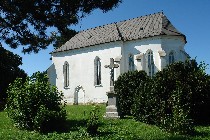

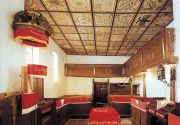



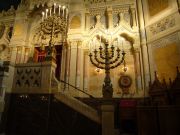
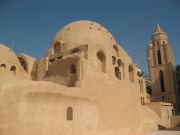
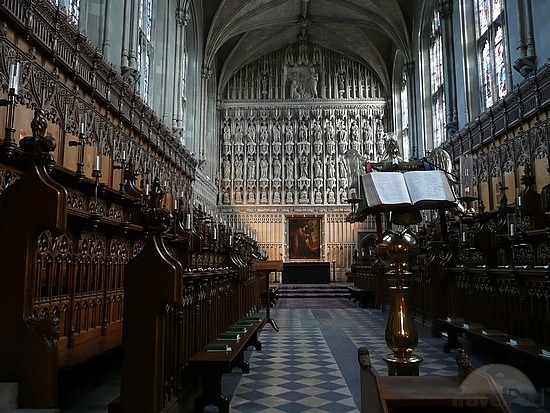
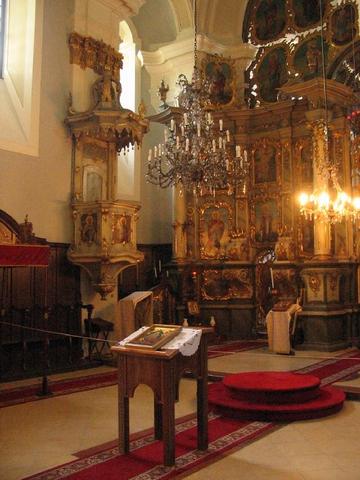
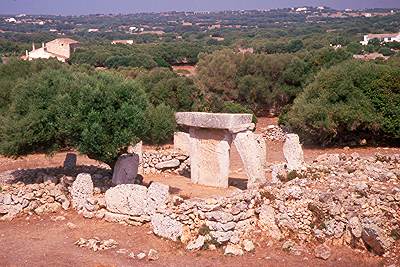
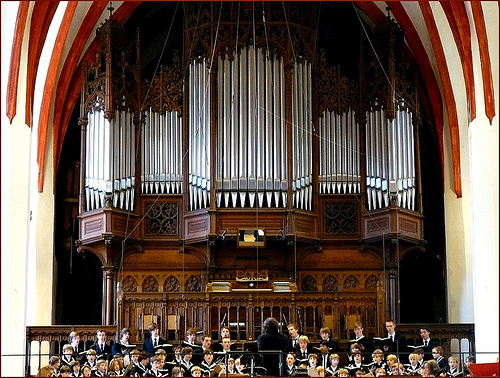
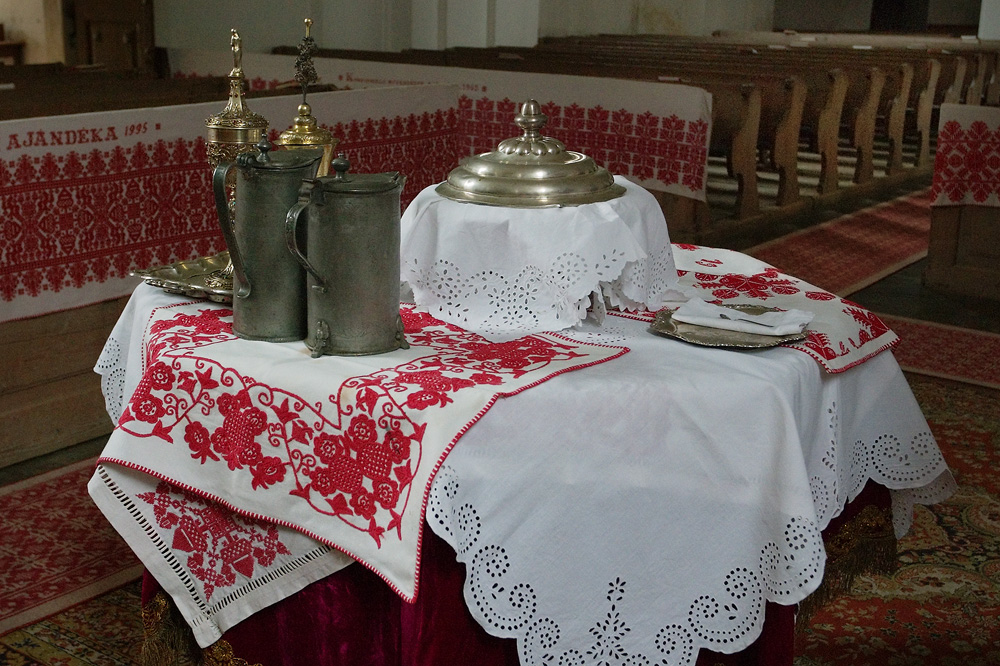
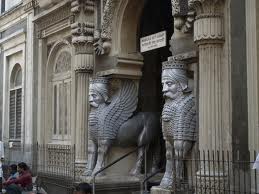
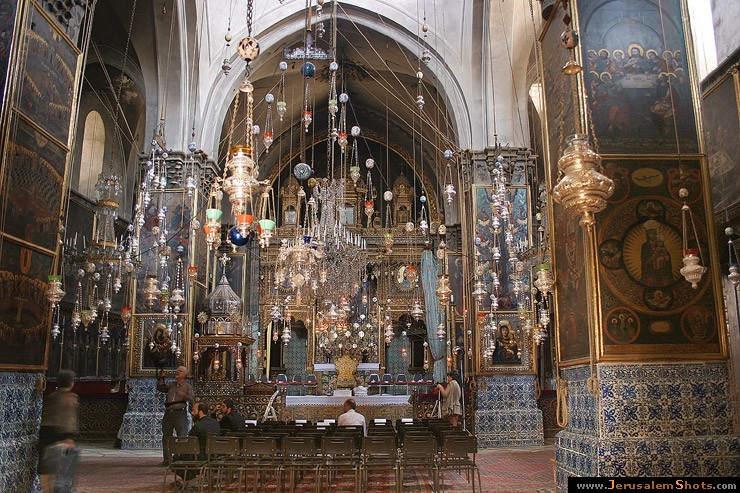
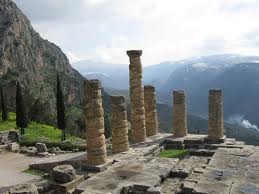
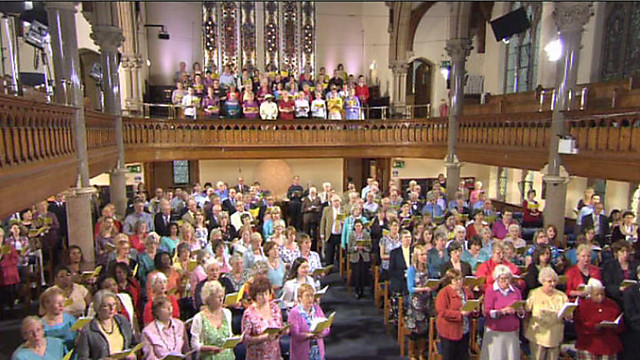



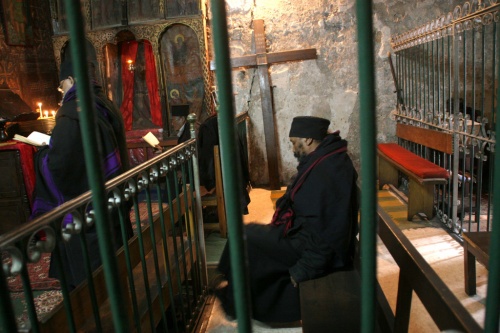
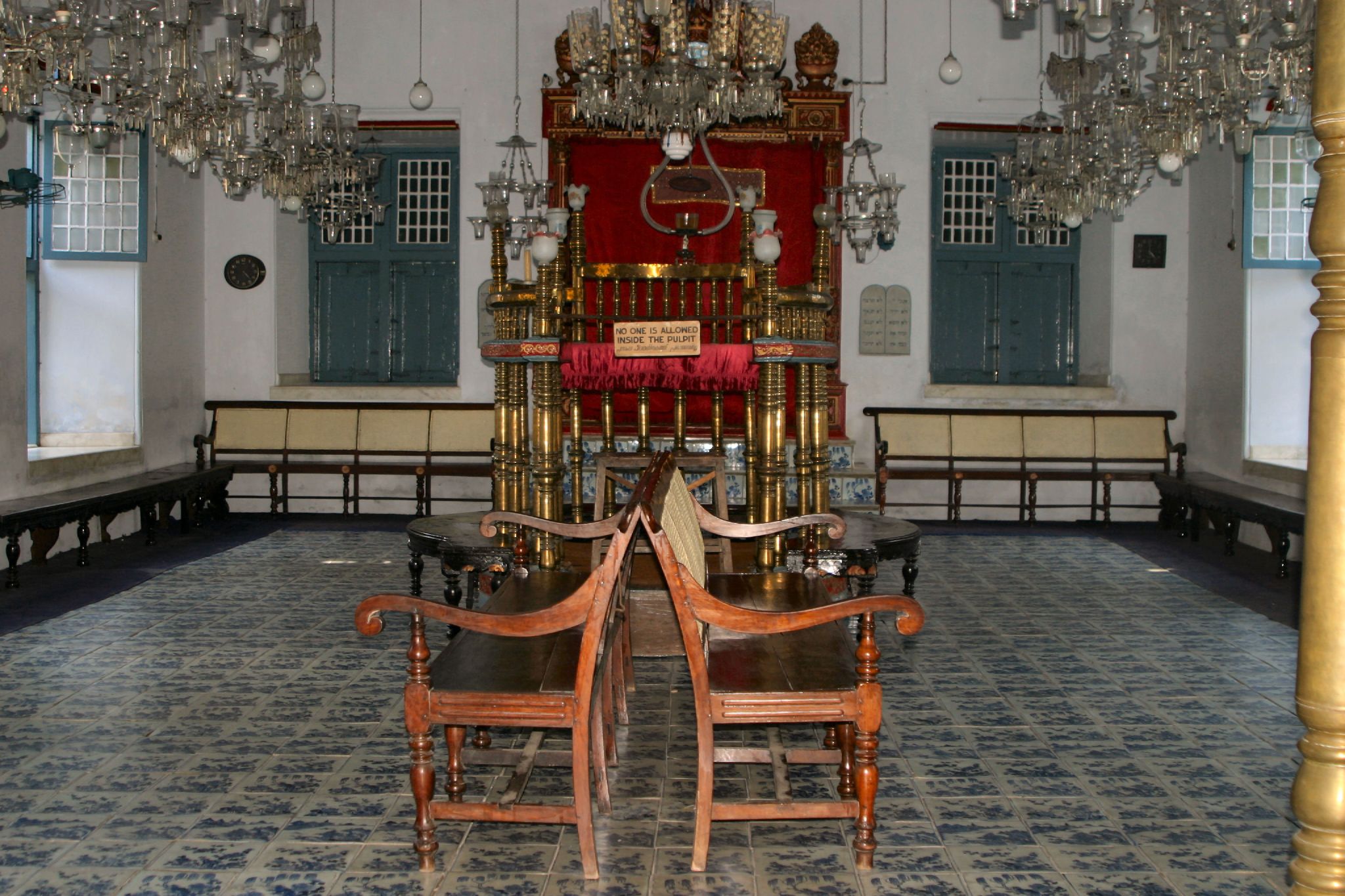

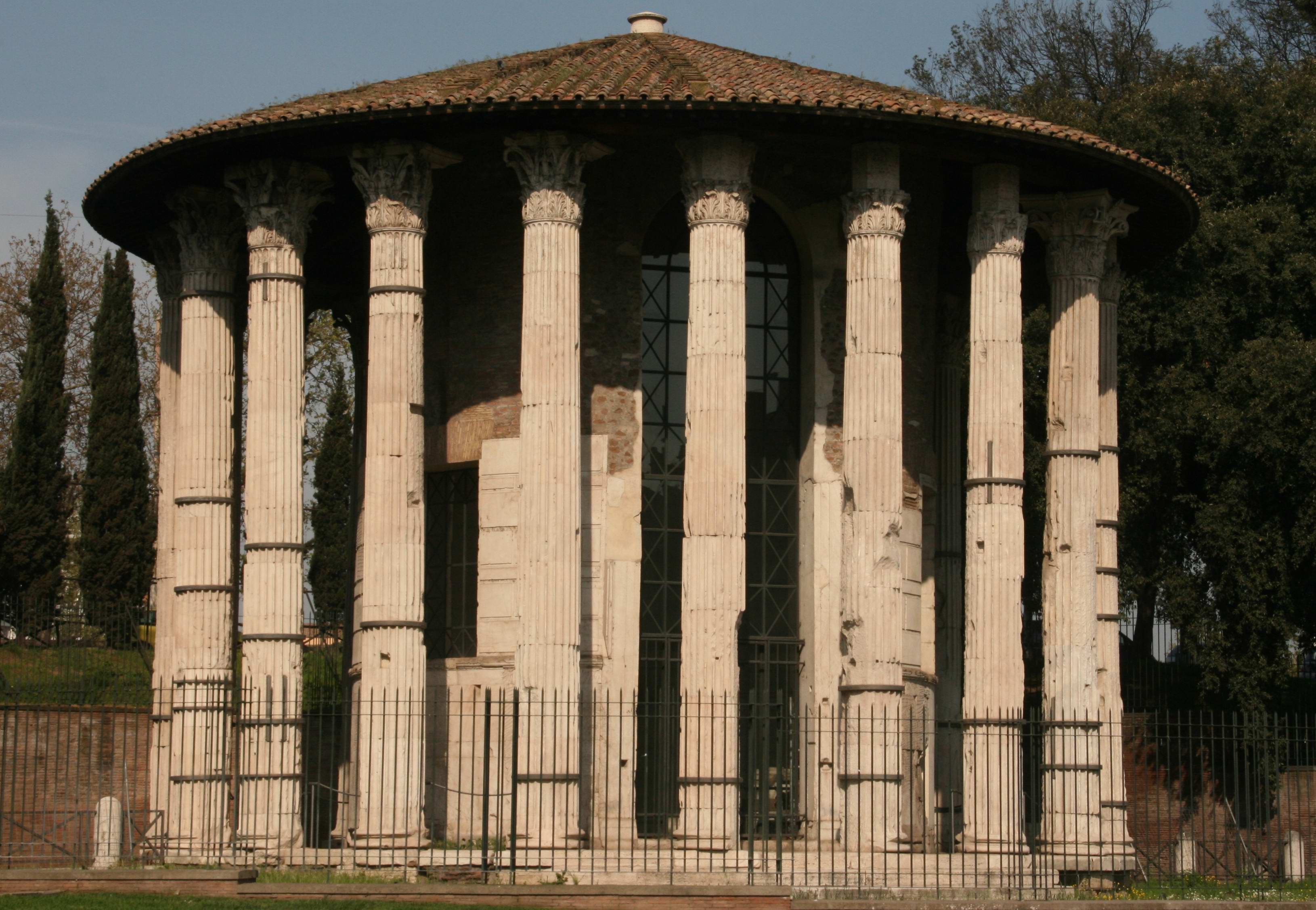






Új hozzászólás